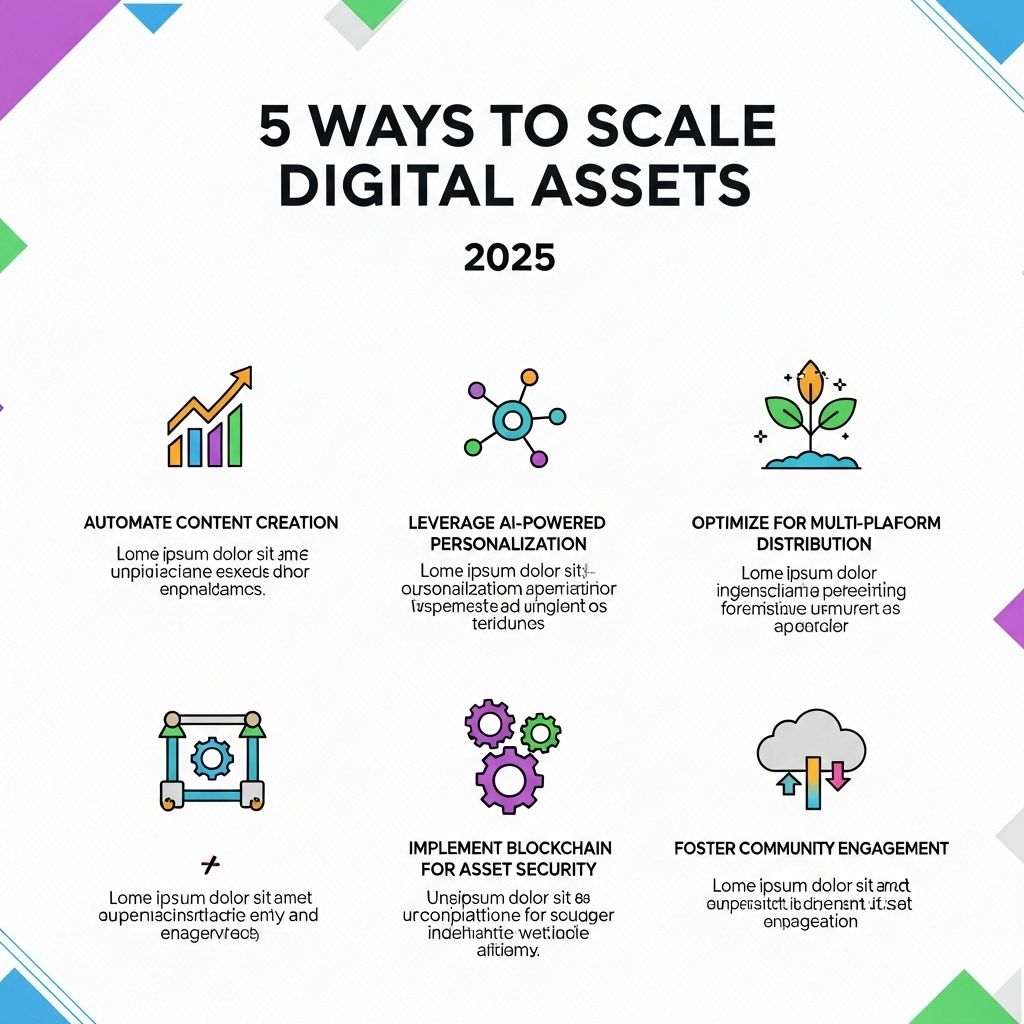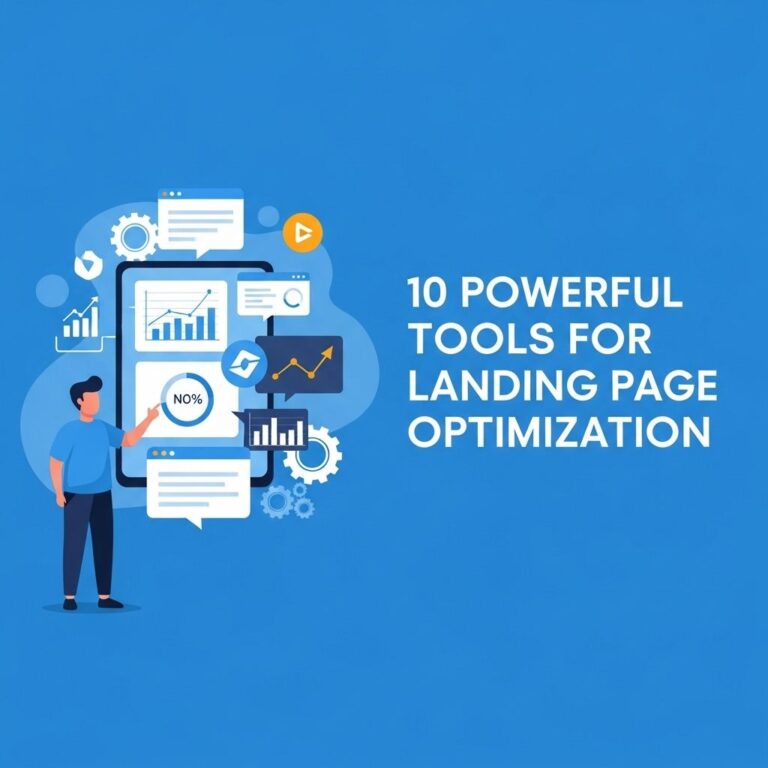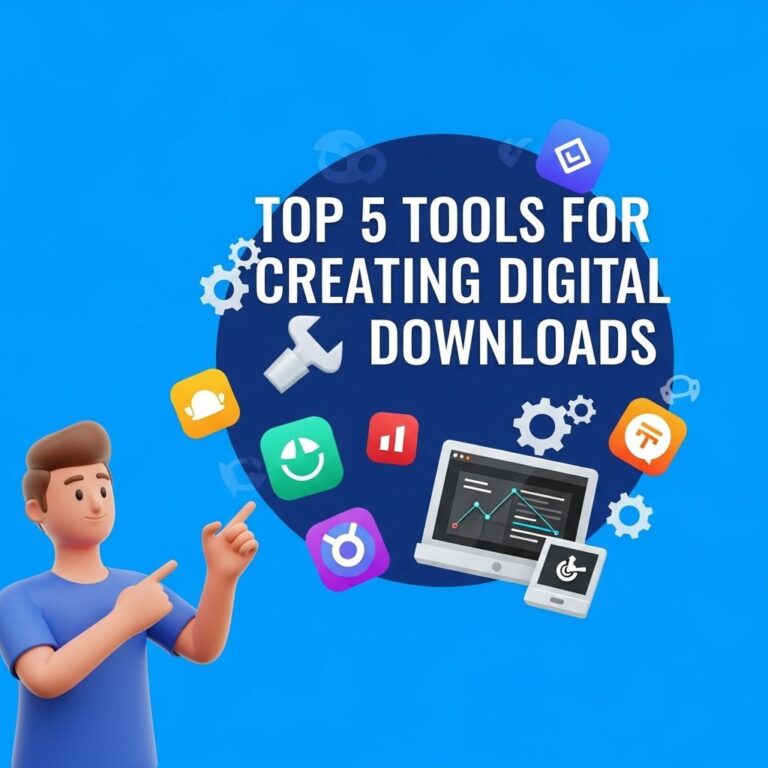In today’s fast-paced digital landscape, businesses are constantly seeking innovative strategies to scale their digital assets and enhance their online presence. As we move toward 2025, the opportunities for growth and optimization are abundant, thanks to advancements in technology and changing consumer behaviors. This article explores effective ways to scale digital assets, ensuring that organizations can remain competitive and responsive to market demands.
Table of Contents
Understanding Digital Assets
Before diving into scaling strategies, it’s essential to define what digital assets are. Digital assets refer to any content or media owned and used by a business to promote its brand and engage with its audience. This includes:
- Websites and web applications
- Social media profiles and posts
- Digital documents (e.g., PDFs, reports)
- Images, videos, and audio files
- Email marketing campaigns
1. Leverage AI and Automation
Artificial Intelligence (AI) and automation tools are transforming how businesses manage and scale their digital assets. By automating routine tasks, organizations can save time and focus on strategic initiatives. Key applications include:
Content Creation
- AI-driven tools for generating articles, blogs, and social media content.
- Automated video editing software for faster production times.
Data Analysis
Utilizing AI in analytics can provide insights into user behavior, allowing companies to optimize content for engagement and conversion.
2. Optimize for Mobile
With the growing reliance on mobile devices, ensuring that digital assets are mobile-friendly is vital. Strategies include:
- Responsive Design: Ensure websites and applications look great on all devices.
- Mobile-First Indexing: Prioritize mobile optimization to enhance search engine visibility.
The Importance of Mobile Optimization
| Statistic | Impact |
|---|---|
| 54% of global website traffic | Mobile users |
| 57% of users | Won’t recommend a business with a poorly designed mobile site |
| 85% of adults | Think a company’s website should be as good or better on mobile |
3. Create High-Quality Content
Content is the cornerstone of scaling digital assets. Quality content helps attract and retain customers. To achieve this, consider the following:
Content Types to Focus On
- Educational Content: Blogs, eBooks, and webinars that provide value to your audience.
- Visual Content: Infographics, videos, and interactive content that engage users.
Content Distribution Strategies
Utilizing multiple channels for content distribution can help reach a broader audience:
- Email marketing campaigns
- Social media platforms
- Content partnerships and guest blogging
4. Utilize Data-Driven Marketing
Data-driven marketing is crucial for understanding consumer preferences and behaviors. Implement the following strategies to make informed decisions:
Data Collection Techniques
- Website analytics tools (e.g., Google Analytics)
- Social media insights
- Customer feedback and surveys
Personalization Strategies
Leveraging data allows businesses to personalize customer experiences:
- Targeted email campaigns based on user behavior.
- Dynamic website content that adjusts based on visitor demographics.
5. Invest in SEO and SEM
Search Engine Optimization (SEO) and Search Engine Marketing (SEM) are essential for driving traffic to digital assets. Consider integrating these practices:
SEO Best Practices
- Keyword research to identify relevant search terms.
- On-page SEO optimization, including meta tags and alt text.
- Building high-quality backlinks to increase domain authority.
SEM Strategies
Utilizing paid advertising can complement organic efforts:
- Google Ads for targeted keyword campaigns.
- Social media ads to reach specific demographics.
Conclusion
Scaling digital assets requires a multifaceted approach that incorporates technology, content strategy, and user experience optimization. By leveraging AI, optimizing for mobile, focusing on high-quality content, utilizing data-driven marketing, and investing in SEO and SEM, businesses can position themselves for success in the digital realm as we approach 2025. Embracing these strategies not only enhances scalability but also fosters long-term growth and engagement in an ever-evolving digital landscape.
FAQ
What are digital assets?
Digital assets are any form of digital content or property that holds value, including websites, social media accounts, digital currencies, and intellectual property.
How can I scale my digital assets effectively?
You can scale your digital assets by optimizing your content for SEO, leveraging social media marketing, investing in digital advertising, building a robust email marketing strategy, and analyzing performance metrics to make data-driven decisions.
What role does SEO play in scaling digital assets?
SEO helps increase the visibility of your digital assets on search engines, driving more organic traffic and potential conversions, which is crucial for scaling.
Why is social media important for scaling digital assets?
Social media platforms allow you to reach a wider audience, engage with your community, and promote your digital assets effectively, which can significantly enhance scaling efforts.
What types of digital advertising should I consider?
Consider using pay-per-click (PPC) advertising, social media ads, and retargeting campaigns to effectively promote your digital assets and reach a targeted audience.
How can analytics improve the scaling of digital assets?
Analytics provide insights into user behavior and asset performance, allowing you to refine your strategies, optimize content, and make informed decisions that enhance scaling.









